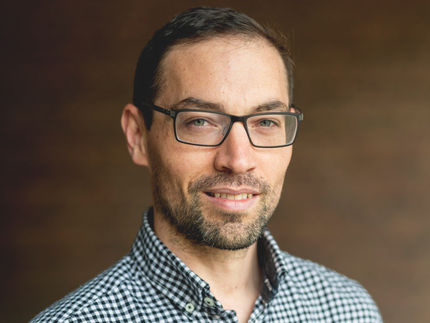Creating energy from light and air - new research on biofuel cells
Advertisement
The aim of the research long-term is to develop more efficient biofuel cells, seen as the future of electronics. Because biofuel cells are powered by readily available biological materials, they have the potential to be used indefinitely when electricity is required at places where is it not possible to replace a battery or recharge them.
Most biofuel cells create electricity using enzymes that process glucose, but the Leeds research will focus on bacterial enzymes that can harness light or hydrogen gas to create energy. The work is funded by a £1.42m grant from the European Research Council.
Lead researcher, Dr Lars Jeuken, from the University's Faculty of Biological Sciences, says: "Technology that creates an electrical signal from a biochemical reaction is already in commercial use, for example in blood glucose biosensors. However, developing an efficient biofuel cell that can create sufficient electricity for general use has proved much more difficult. This is mainly because the systems developed to date have only limited control of how inorganic materials and biological molecules interact.
"Our research combines state of-the-art surface physics, colloid and organic chemistry, membrane biology and electrochemistry to develop electrodes with complete control of the biochemical interactions needed to create electricity. We now want to apply this to membrane proteins to generate energy from light and hydrogen."
In their simplest form, biofuel cells have two electrodes, one which removes electrons from a fuel – for instance glucose or hydrogen – whilst the other donates electrons to molecules of oxygen, making water. When these are connected by a wire, they form a circuit, resulting in an electrical current.
Dr Jeuken and his team have extensive experience in making electrodes that directly interact with enzymes located in the membranes that surround cells. This new project will begin by applying this technique to two specific groups of enzymes, one which harnesses light and the other, hydrogen. These are found in membranes of chloroplast – the parts of cells which conduct photosynthesis – or bacterial cells, both of which have promising applications in biofuel cells. The final part of the project will aim to connect electrodes to the membranes of living bacterial cells.



























































